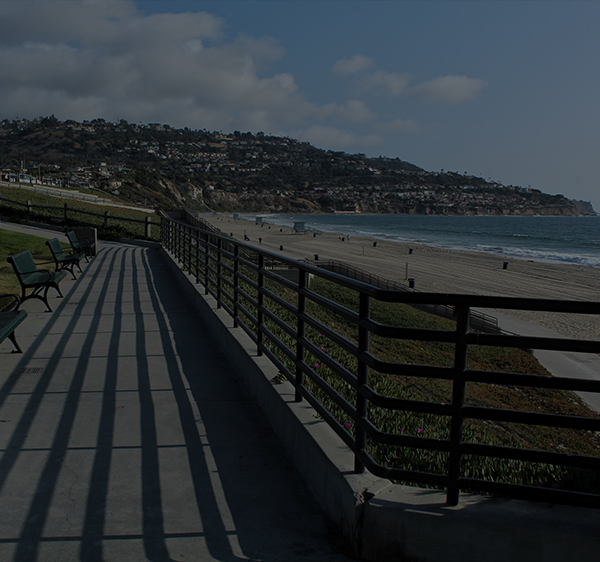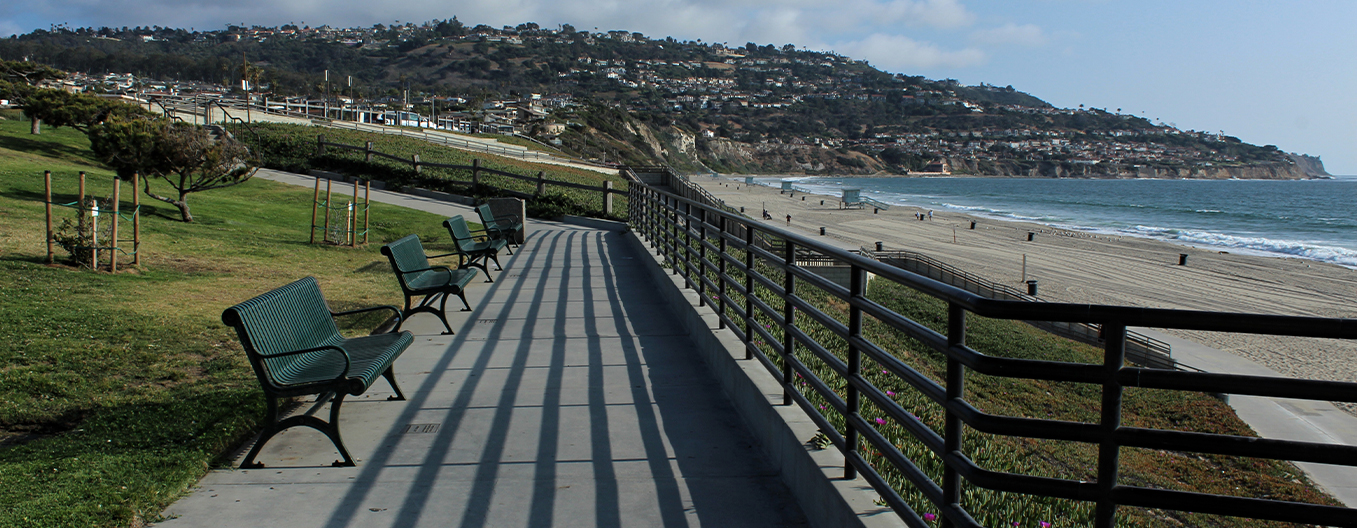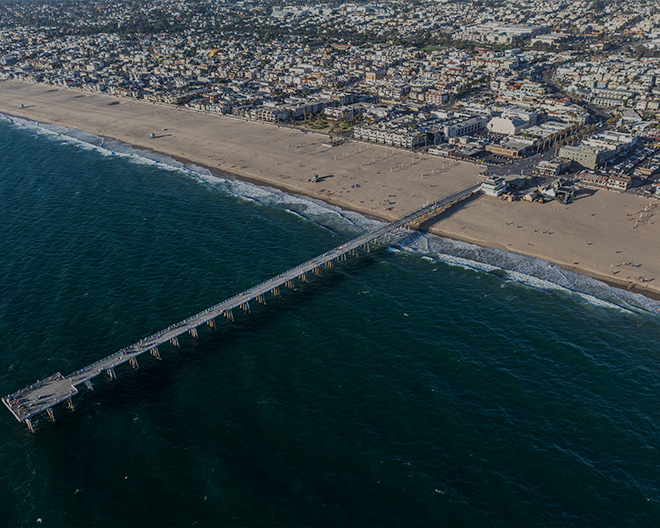Right of Way Laws in California

California highways and roads can sometimes seem like a free-for-all. One of the main reasons there are fewer car accidents is that there are “rules of the road” that all drivers agree in principle to follow. Some of these rules appear in roadway signage, such as stop signs and speed limit signs. Others, like the basic speed rule, must be remembered.
Right-of-way laws can occupy both categories. Sometimes, a stop or yield sign alerts you that you must give up the right of way to another driver. In other cases, if you are a California driver, right-of-way laws require you to remember and apply the correct rules to your situation.
Three Key Right-of-Way Rules To Remember
Right-of-way laws are all about controlling the flow of traffic around congested points like intersections and merge points. Wherever signs or signals are present, you should follow the indicated instructions.
In the absence of any sign or signal telling you what to do, right-of-way laws require you to remember the following rules:
Traffic Turning Left Must Yield to Oncoming Traffic
Unless you have an arrow or some other signal directing you to proceed, you must yield to any oncoming traffic if you are turning left. Any approaching vehicle has the right of way and must be allowed to proceed. You can make your turn only when there is no oncoming traffic.
Motorists Must Yield to Pedestrians and Bicyclists
Those who are turning right at an intersection may not have to wait for oncoming traffic before attempting their turn. However, if there are pedestrians or bicyclists in the crosswalk of the street you wish to turn down, you must yield the right of way to them. Allow them to finish crossing the street before you complete your turn.
Similarly, if you encounter a pedestrian or bicyclist in a crosswalk ahead of you, slow down or stop and allow them to finish crossing. Once they have made it safely across the street, you may continue along your way.
Note that not all crosswalks are marked. However, a pedestrian who is in a crosswalk has the right of way over vehicular traffic. This is true regardless of whether that crosswalk is marked or unmarked. In other words, if you see a pedestrian in the street, it is a good idea to slow down and stop just to be safe.
Arriving at an Uncontrolled Intersection or Merge Point
An uncontrolled intersection is one where there is no light or sign present to control vehicular traffic. In this situation, vehicles can proceed through the intersection in the order in which they arrive. If two or more vehicles arrive at this sort of intersection at the same time, the vehicle that is furthest right proceeds.
The situation is different when you arrive at a merge point, and two roads converge into one. In this case, the vehicle traveling on the road that will end must yield the right-of-way to other motorists. When you can complete the merge safely, then you can proceed along your way.
Other Right-of-Way Rules
Determining who has the right of way is not limited to situations on the road. Even in a parking lot, right-of-way laws apply and need to be followed.
For example, if a driver is in a parking spot and is backing up, right-of-way laws indicate the driver must wait until all other pedestrians and vehicles are clear before proceeding.
Right-of-Way Laws in California Are Essential for Safety
By providing a framework for vehicles to navigate areas where traffic comes together in close proximity, right-of-way rules help reduce the incidence of injury and fatal collisions. Because not all right-of-way laws appear in signs or traffic signals, it is each driver’s responsibility to know the rules and follow them as appropriate.
Contact the Car Accident Lawyers at The Simon Law Group Today
For more information, please contact an experienced car accident lawyer at The Simon Law Group to schedule a free initial consultation today. We have three convenient locations in California, including Torrance, Hermosa Beach, and Santa Ana, CA. We also have offices in Phoenix, AZ, and Austin, TX.
We proudly serve Los Angeles County and Orange County, CA, and its surrounding areas:
The Simon Law Group – Torrance, CA Office
2916 W 164th St Second Floor, Torrance, CA 90504
(424) 622-0812
The Simon Law Group – Hermosa Beach, CA Office
34 Hermosa Ave, Hermosa Beach, CA 90254
(424) 722-3209
The Simon Law Group – Santa Ana, CA Office
1327 N Broadway, Santa Ana, CA 92706
(714) 581-8546



